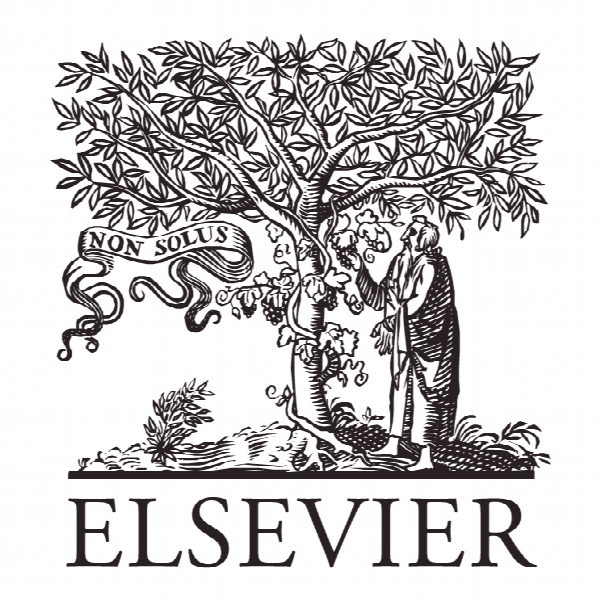SMLXL: مقیاس گذاری شهر هوشمند، از کلان شهر به فردی SMLXL: Scaling the smart city, from metropolis to individual
- نوع فایل : کتاب
- زبان : انگلیسی
- ناشر : Elsevier
- چاپ و سال / کشور: 2018
توضیحات
رشته های مرتبط مهندسی معماری، شهرسازی، فناوری اطلاعات
گرایش های مرتبط طراحی شهری
مجله شهر، فرهنگ و جامعه – City – Culture and Society
دانشگاه University of New South Wales – Sydney – Australia
منتشر شده در نشریه الزویر
کلمات کلیدی انگلیسی Smart cities, Architecture, Design, Physical computing, Proxemics, Computational design
گرایش های مرتبط طراحی شهری
مجله شهر، فرهنگ و جامعه – City – Culture and Society
دانشگاه University of New South Wales – Sydney – Australia
منتشر شده در نشریه الزویر
کلمات کلیدی انگلیسی Smart cities, Architecture, Design, Physical computing, Proxemics, Computational design
Description
1. Background The ‘smart city’ is an oft-cited techno-urban imaginary that has been promoted by businesses and governments alike, locally and internationally. Smartening up our cities, so the rhetoric goes, promises to deliver ‘sustainable’, ‘efficient’, ‘secure’, ‘livable’, and ‘equitable’ outcomes. The smart city joins a long history of techno-urban imaginaries, including—from an architecture and design perspective—the modernist visions of Le Corbusier’s machine city and Archigram’s Plug-In City and Computor City, to the more recent and largely corporate and technically-driven visions of electronic, digital, cyber, virtual, wired, sentient, and ubiquitous cities. Yet, what sets the smart city apart from its predecessors, is the significance placed on data over infrastructure and the ways to collect it, collate it, and significantly, how to translate it into ‘useful’ information. In this way, the smart city is often seen as synonymous with the concept of so-called ‘big data’ that typically refers to massive-scale data sets that can only be processed and analysed through the use of computational tools, and that offer new ways to understand and manage city-scale operations. In addition to its common associations with big data, the smart city is also understood as the application of ‘intelligent’ digital technologies and computational processes to form smart systems that operate to improve ways of living in twenty-first century cities. Kitchin (2015) has summarised the smart city narrative as following two key paths including, the application of information communication technologies (ICTs) to stimulate economic development, and, the embedding of software-enabled technologies into the urban fabric to augment urban management (p.131). Similarly, Goodspeed (2015) argues that there are two key, yet diverging perspectives, including on the one hand the knowledge economy and urban development, and on the other governments’ use of technology. Above all, the smart city thinks big, and a key focus has been the implementation of large-scale ICT systems for data collection to enable real-time and predictive analytics. Given this, and not unsurprisingly, the bulk of smart city discourse is also focused at the big-picture scale; it is visionary, numbers focused, and gives emphasis to the ways big data can inform city-scale optimisation strategies, including infrastructure management such as road traffic, public transport, and waste services. Yet it is people’s use of digital devices and the network connectivity they enact that now figures centrally to the amassing of big data, and also increasingly, to the very delivery of smart city services. Despite this, what the smart city rhetoric typically overlooks are the human-scale implications of its proposed technological systems, that is, its users and the user-experience.


